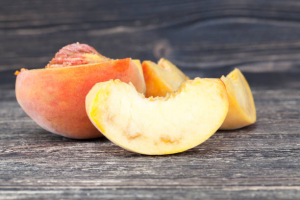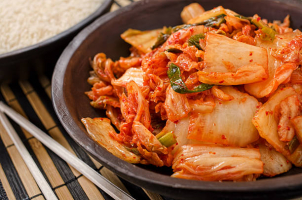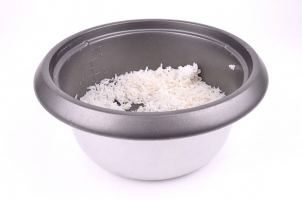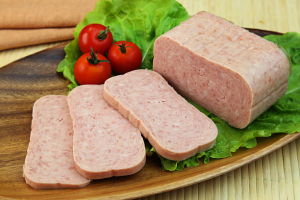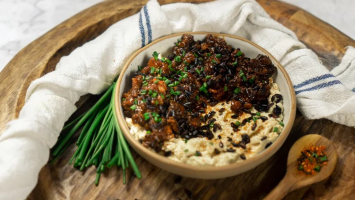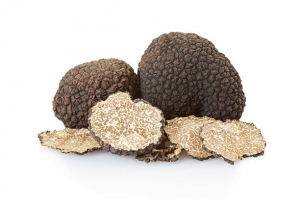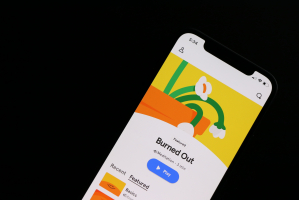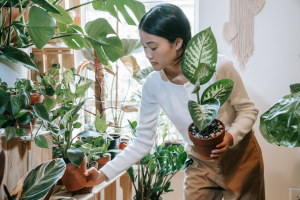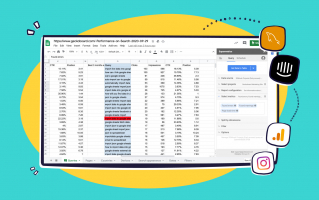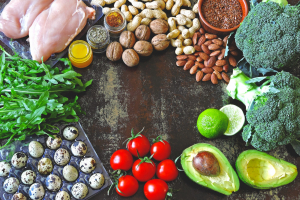Top 5 Ways To Use Up Your Vegetable Scraps
Many people trim off sections of vegetables before using them in a variety of cuisines. Everything from squash ends to carrot peelings to vegetable leaves ... read more...might end up as food waste. According to Zero Waste Memoirs, up to 40% of food grown and sold in the United States is never consumed. That's why repurposing every scrap of leftover veggies is well worth the effort. And here are some of the finest ways to use up vegetable waste.
-
For ecologically concerned kitchens, composting kitchen trash is nothing new, but it may be for some home chefs. According to Taste of Home, composting veggies is simply the process of letting organic materials, such as vegetable leftovers, degrade. While this may not appear to be an exciting or enjoyable use for leftovers, it creates a really beneficial substance for people who garden or even have a pot of herbs. Those previously discarded vegetable scraps, fruit peels, paper, leaves, nutshells, and other organic things will decompose over time and become soil rich in nutrients for new plants to feed on and thrive.
There are various methods to get started, according to The Kitchn. Composting on your kitchen counter or in your freezer is the simplest technique. You only need to put scraps in a container. If it's going in the freezer, you should use an airtight container. To really utilize your compost for your plants, add leftover leftovers to a blender and spin them into a watery paste before adding them to your plants' soil with something like stale bread.
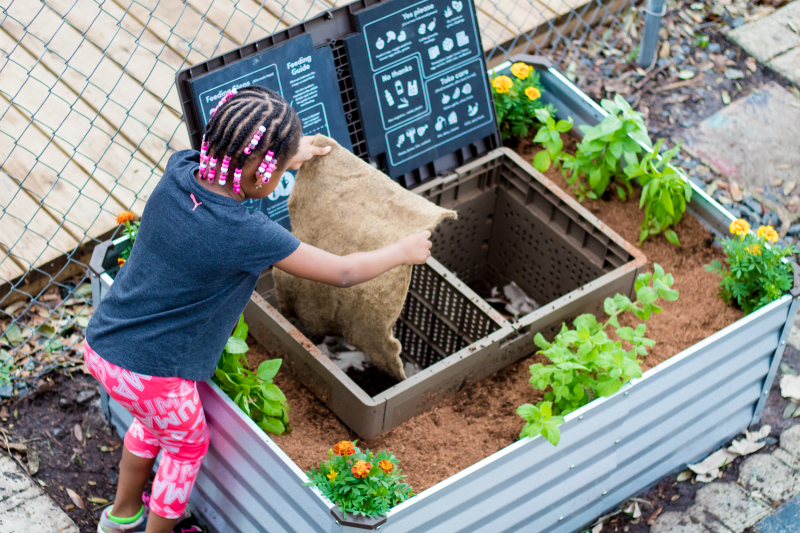
Compost 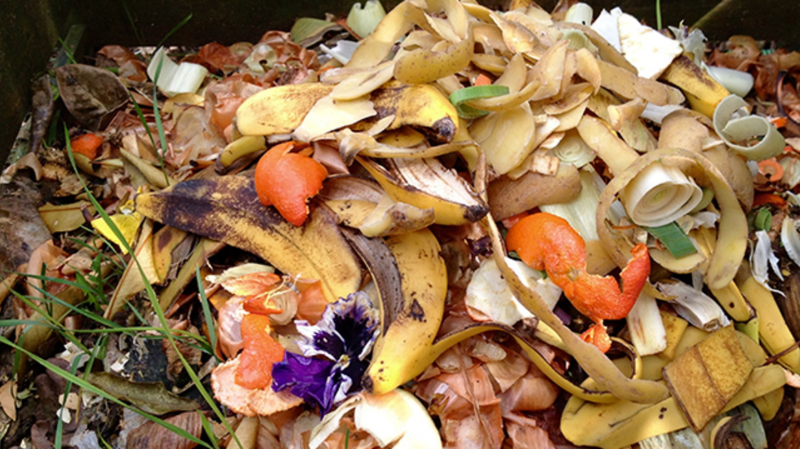
Compost -
It's usually a good idea to keep broth on hand for a variety of recipes. There are several applications for broth, ranging from soups and stews to risotto and casseroles. That is why utilizing leftover vegetable scraps to create broth is such an excellent way to repurpose food that would otherwise go to waste. Making homemade vegetable broth from leftover scraps is much easier, as Tasty points out, and it's also customizable, so you can choose how much salt, among other things, is in the broth.
Simply put the leftovers (frozen or not) in a pot and fill them with water. To add flavor, you can also add aromatics like garlic or a bay leaf. Cook the broth for about 10 minutes. Depending on how soon you want to consume the broth, strain it through a strainer and store it in the fridge or freezer. According to the journal, a vegetable broth created from scraps would not thicken on its own and should be compared to store-bought stock.
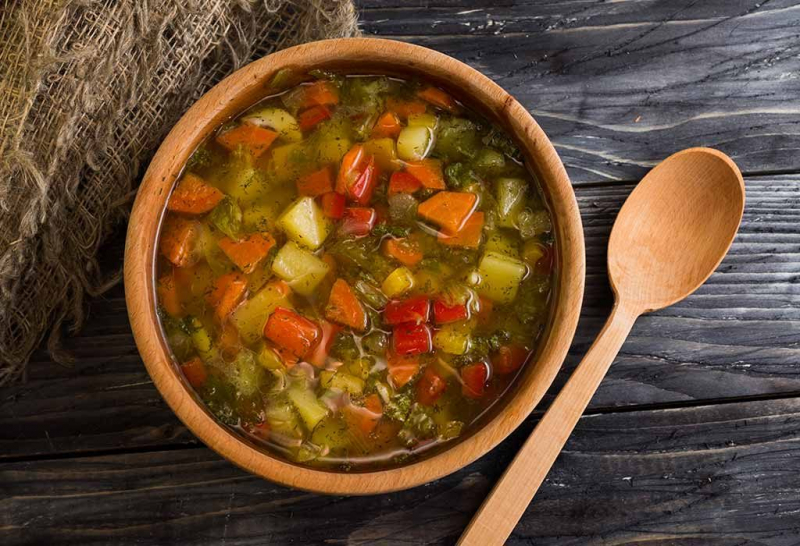
Boil them into a broth 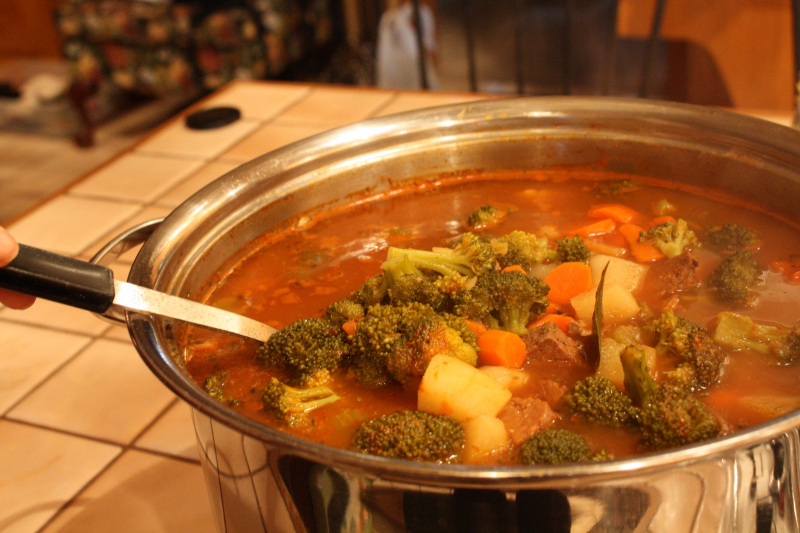
Boil them into a broth -
Cooking vegetable chips is another simple method to use up vegetable scraps or leftovers. According to Zero Waste Memoirs, you can easily bake, broil, or fry the leftovers into crisp veggie chips, including the stemless ends of carrots and potato peels, as well as the leafy greens from broccoli. This approach will not only prevent food waste, but it will also give a healthy snack that will satisfy your want for crunch.
You can always use a deep-walled pot to cook homemade vegetable chips on the stovetop. An air fryer should also suffice. To turn your vegetable leftovers into a tasty snack, just slice them into thin chips, mix them in (a little) oil and spices, then spread the chips out on a baking dish in a single layer (via The Big Man's World). Once prepared, bake the chips in a 400-degree Fahrenheit oven for 10 minutes on each side.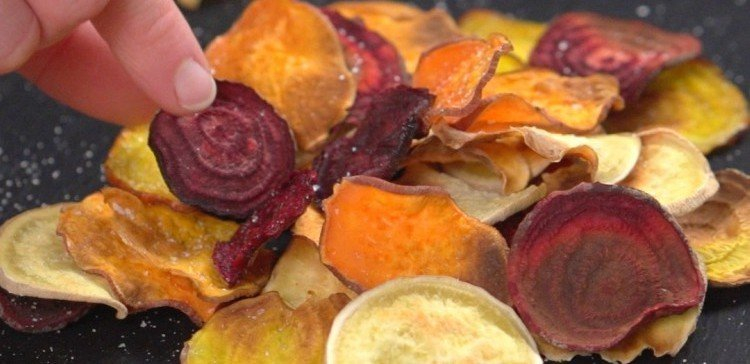
Turn them into veggie chips 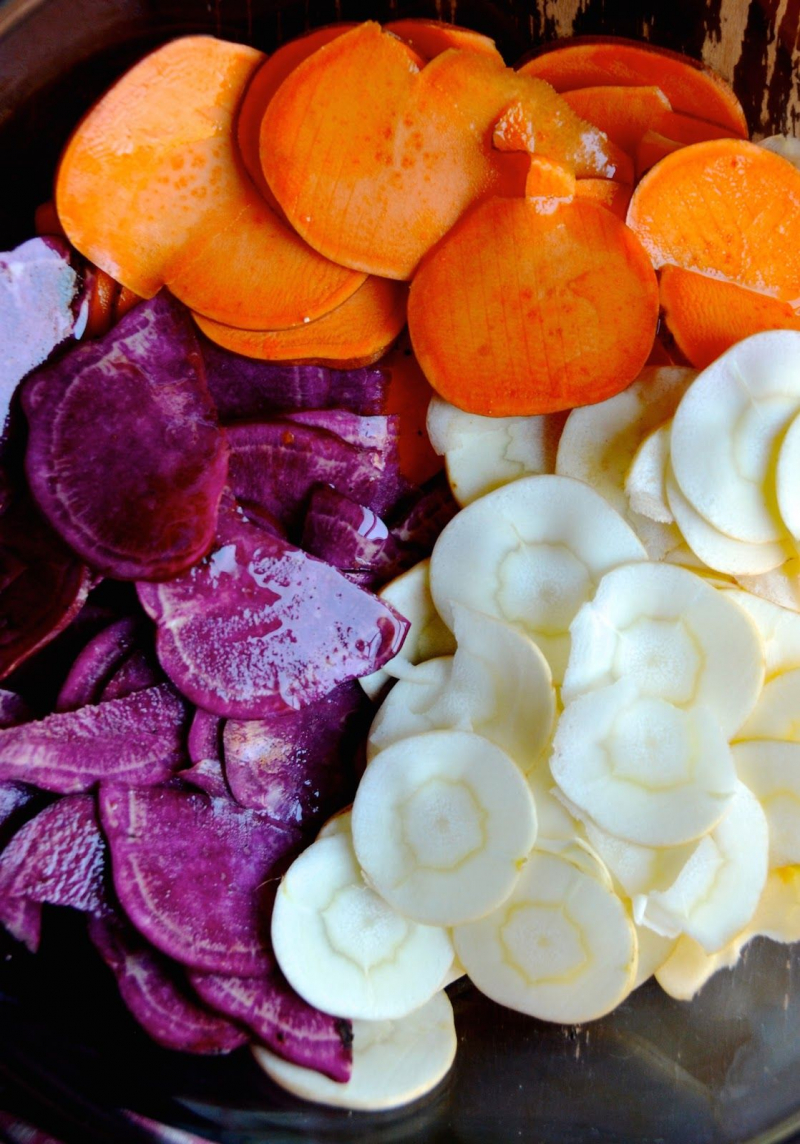
Turn them into veggie chips -
You don't have to discard the leaves of vegetables with leafy green tips, such as carrots, radishes, and celery, among others. Instead, they can be combined with other greens like spinach, arugula, and endive. While the leaves may be used in prepared foods that call for steamed or sautéed greens, Healthline recommends tossing them into salads or other dishes with fresh vegetables.
The nicest aspect about utilizing vegetable greens in salads, wraps, or sandwiches is how little work they involve. You just need to include them in whatever you are making. Of course, whether you're making pesto, smoothies, hummus, or green juice, you can include the leftovers into those dishes as well. It's all about finding a creative way to use leftover greens just like you would buy greens.
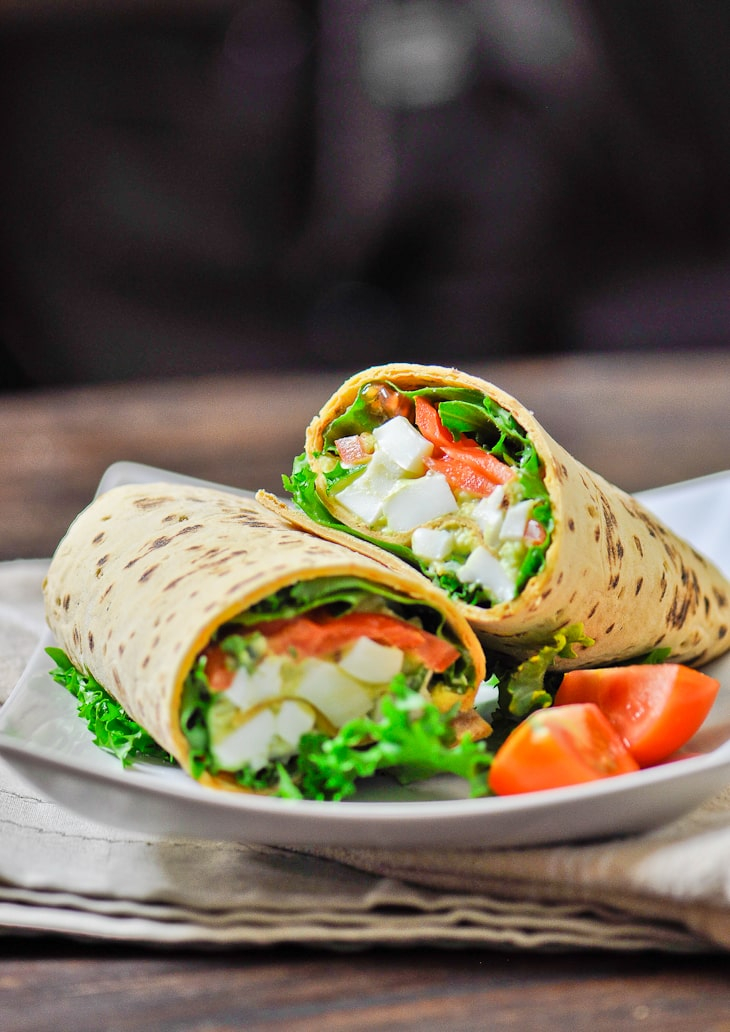
Add them to a salad or wrap 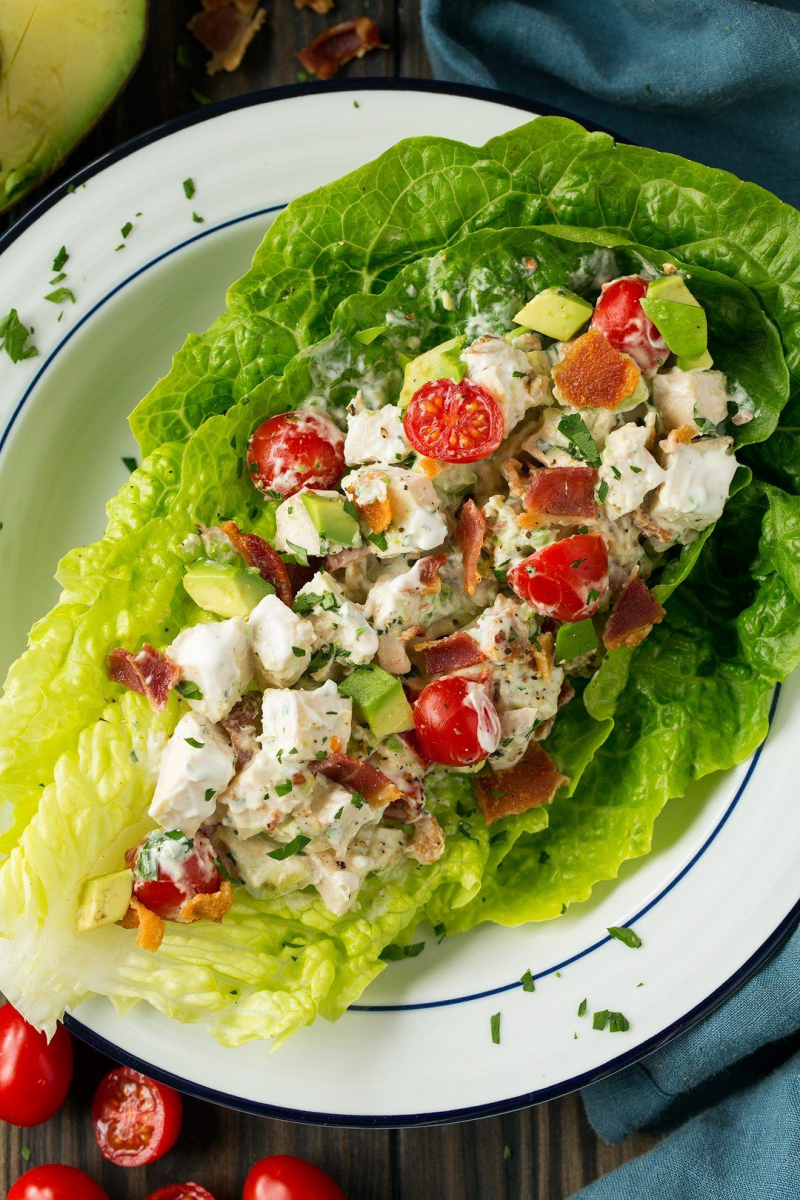
Add them to a salad or wrap -
According to GardenTech, if you have enough a vegetable leftover, you can really start new plants. Even the huge seed in some fruits and vegetables, such as avocados, may be utilized to sprout roots and renew the food. However, this is a project that will require time and work. However, if you don't want to or simply cannot use your vegetable scraps for another purpose, this is an excellent option to try to resuscitate what's left. And it's really satisfying if it succeeds.
To start growing fresh veggies from leftovers, first cut the end of the produce. This helps the vegetable to absorb new water and begin to regrow roots and new growth. After trimming the veggie, just immerse it in fresh water and place it somewhere with plenty of natural light. The veggie should develop over time, but make careful to change the water when it becomes hazy.
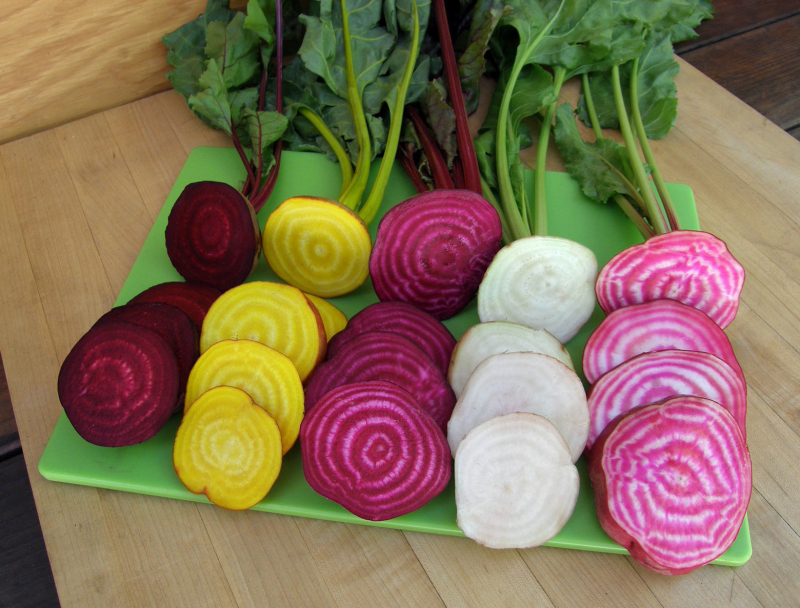
Grow them into new vegetables 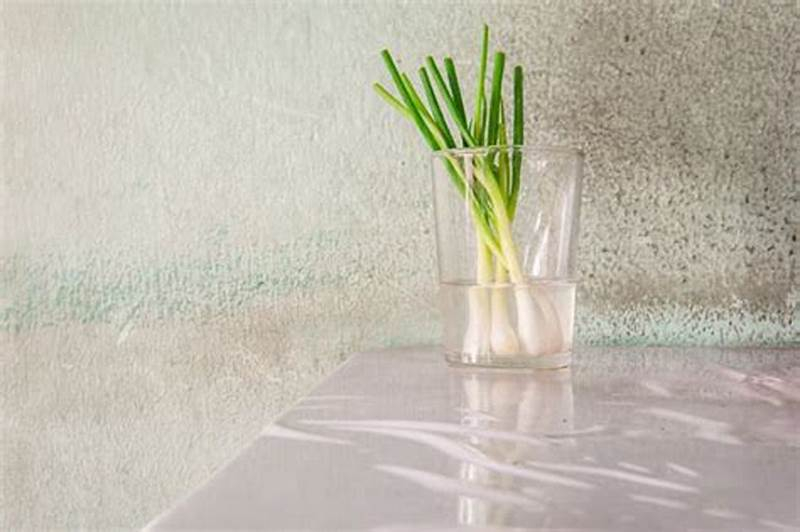
Grow them into new vegetables







